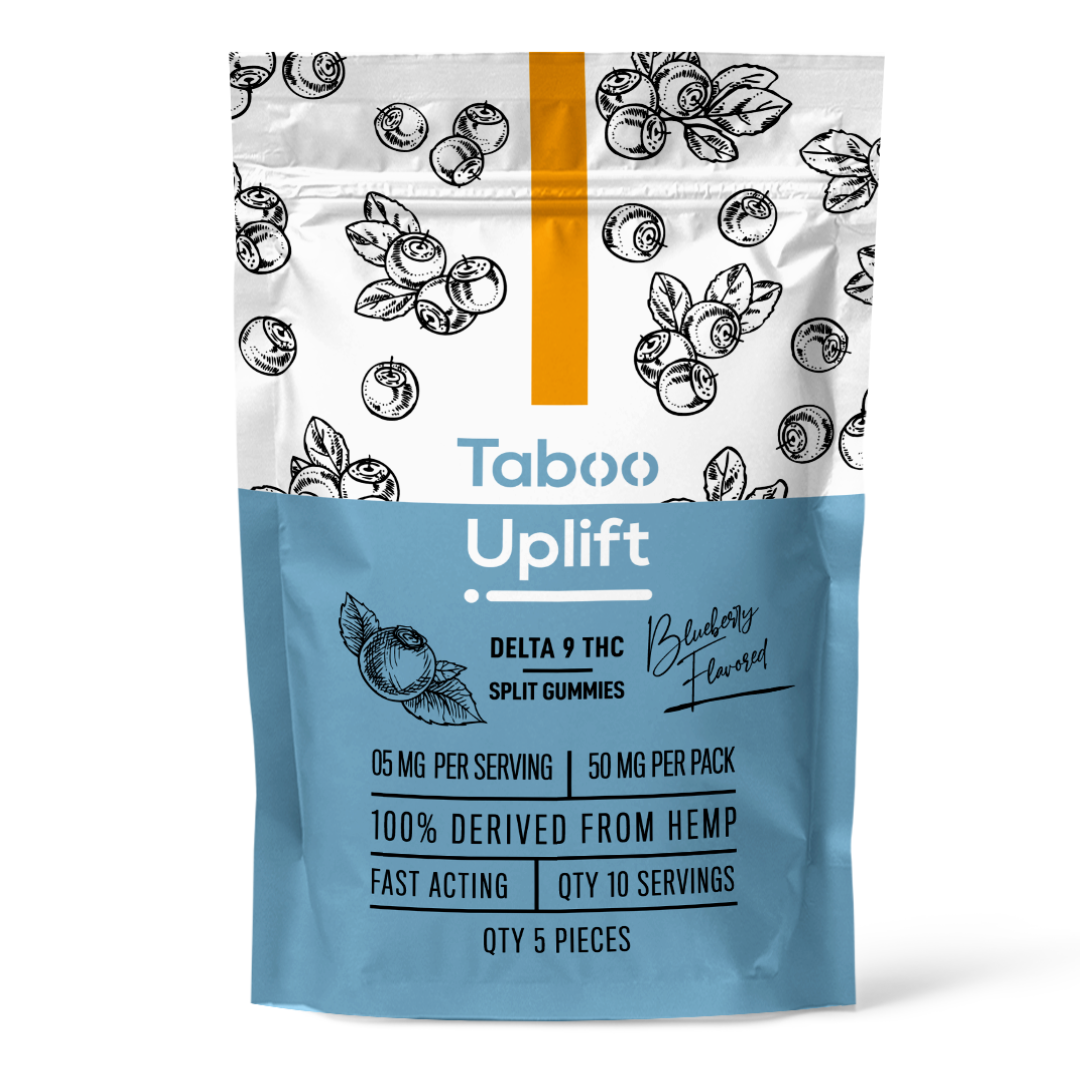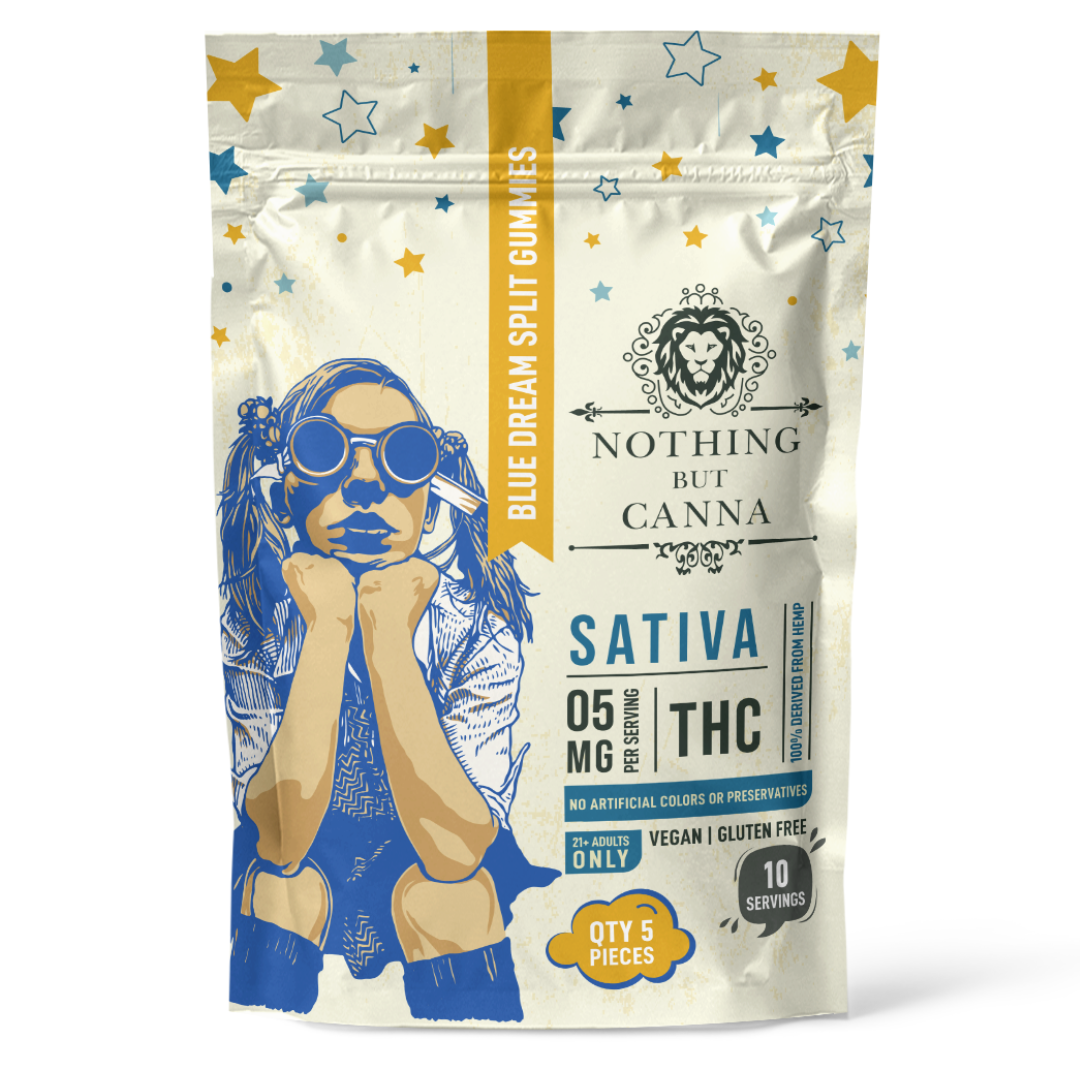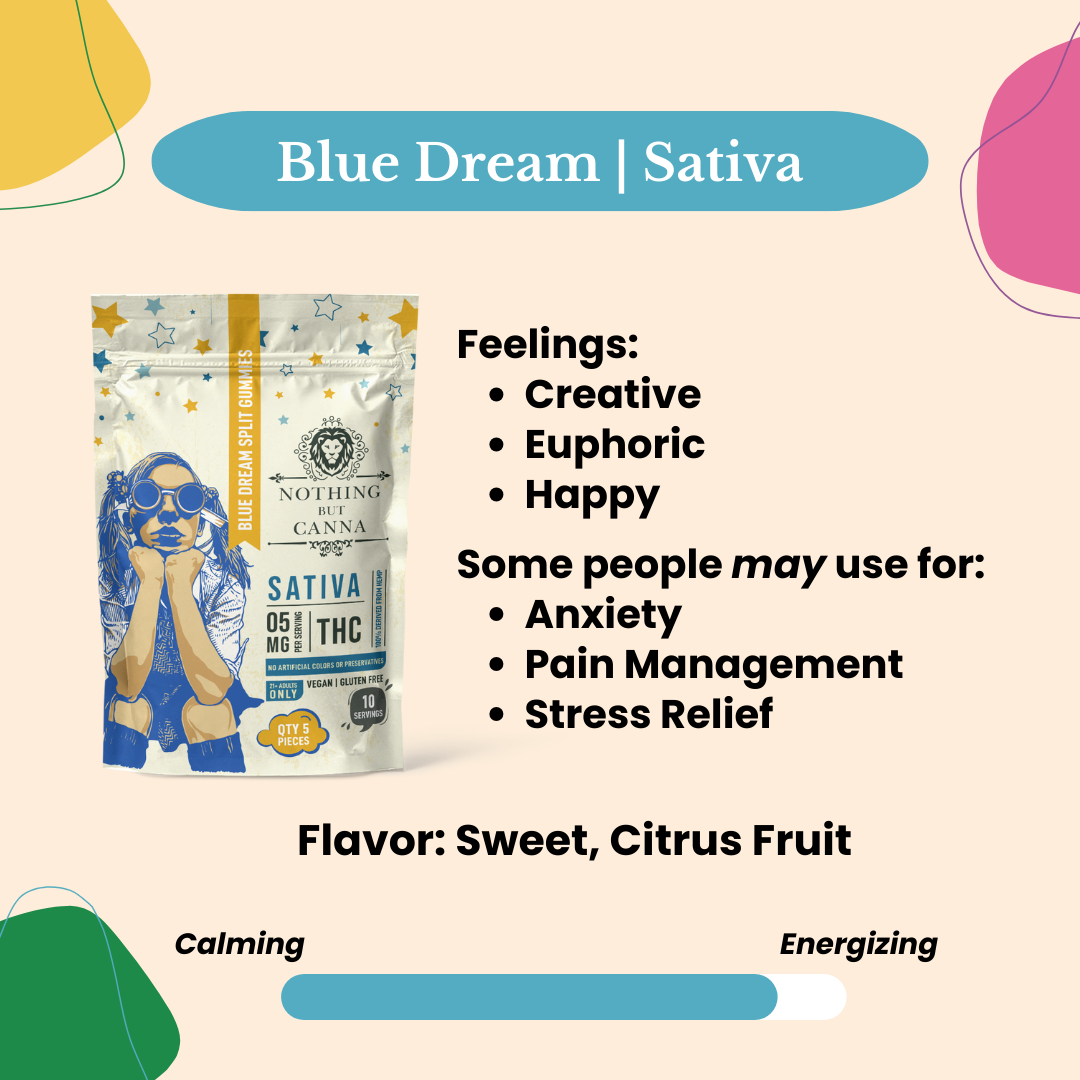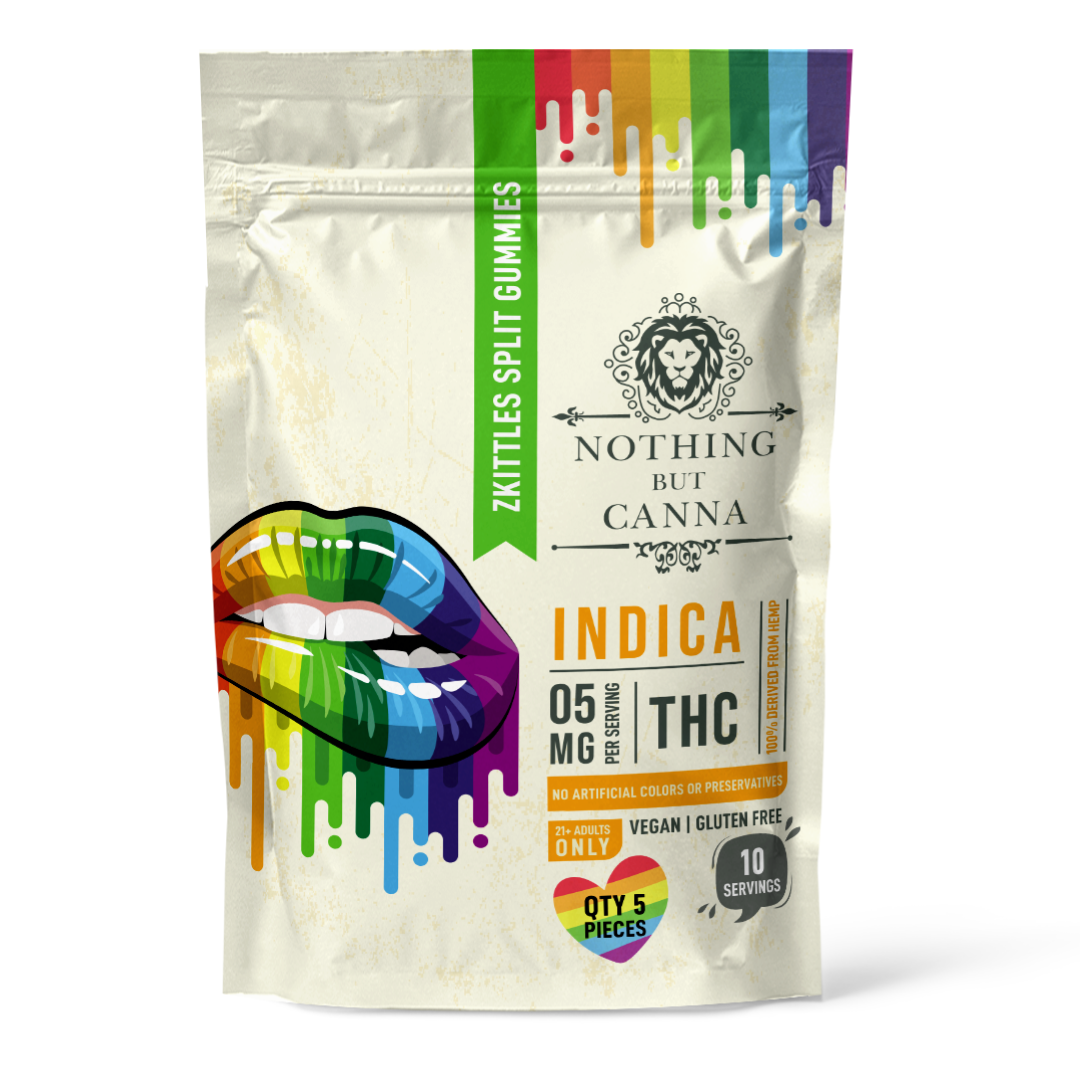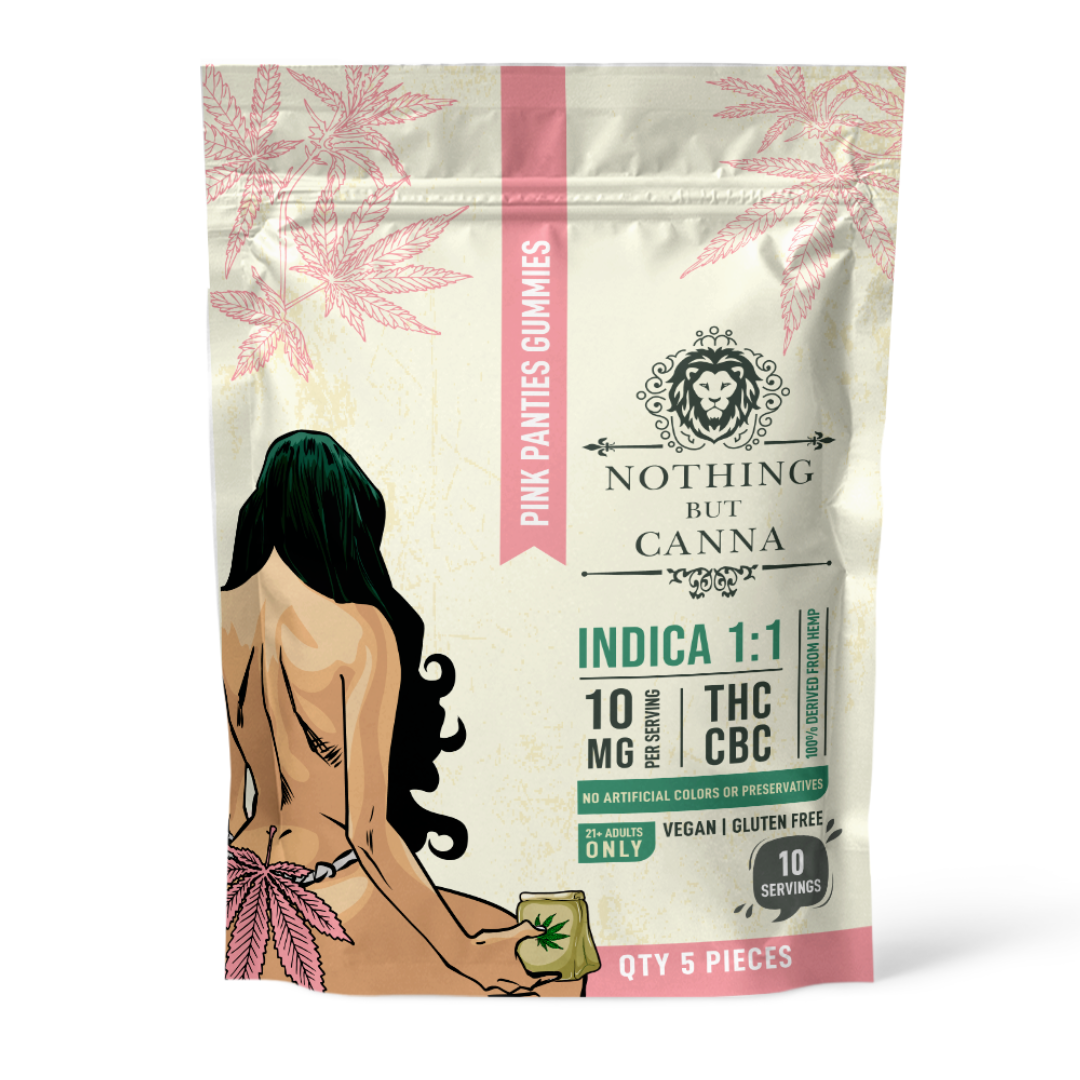
More and more farmers have been trying their hand at hemp farming since the crop was legalized in 2018. However, most of the cannabis legally grown in the United States so far has been for cannabidiol (CBD) or cannabigerol (CBG) products.
According to The Jacobsen, which is a pricing and research firm, only 2.5% of the total planted acreage in 2020 was grown for hemp fiber. Over 79% of the acreage was for CBD, over 14% of the acreage was for CBG, and over 3% of the acreage was for grain.
Although hemp fiber has not recently been the most popular cannabis product on the market, some industry leaders see its merits and anticipate a rise in demand.
“Once companies with market ready products seek out contracts for raw hemp fiber, acreage could increase dramatically in a very short period of time, since haymaking equipment and knowledge allow producers to jump right in without fears of bottlenecks seen in CBD,” The Jacobson stated in a report.
Part of what makes hemp fiber such a promising crop is that it can be used to make a wide variety of products, including paper products, building materials, and fabric, among others. Additionally, the quality of these products can be superior to their non-hemp competitors. For example, hemp fabric is stronger, more durable, and more protective against ultraviolet rays than cotton fabric is. It is also naturally hypoallergenic and antimicrobial.
Hemp can also be more environmentally friendly and easier to grow than other fiber crops, which can make it especially appealing to some farmers and environmentalists. It is naturally resistant to pests and disease, which means that farmers need fewer chemicals to produce a quality crop. It needs less water than cotton needs to be productive. Hemp also has deep roots that can help protect soil quality and prevent erosion. Because the plant bioaccumulates toxins, it can even improve the soil in certain situations.
Hemp may also be appealing to farmers because of its potential for full plant use. Although some fiber crops, like flax and mulberry, are grown primarily for their bast, certain hemp varieties could be grown for their bast, hurd and flower.
The bast is the fibrous material that makes up the vascular tissue of a plant. It grows around the woody core of a plant’s stem, which is called a hurd. The hemp bast can be used for products that require long fibers, like fabrics, while the hurd can be used for products that can be made with shorter fibers, such as insulation. The hemp flower doesn’t have value as a fiber but could be sold for CBD production.
Although growing hemp for full plant use may seem like a no-brainer, there are some challenges that growers must still overcome. For instance, researchers are still trying to find the right variety of hemp for full hemp use. Many of the CBD-rich varieties are reportedly not good candidates for harvesting fiber, and each part of the plant matures at a different rate, which can make it difficult to determine the best time to harvest a crop.
An undeveloped infrastructure for hemp fiber production could be another challenge for some hemp farmers. Processing facilities are not always located near growers, and shipping the fibers long distances to be processed could cut into a grower’s profits.
Despite these challenges, industry leaders are hopeful for the future of hemp fiber.
Jonathan Miller, general counsel for the U.S. Hemp Roundtable, shared his hopes for the industry with a reporter from Hemp Grower magazine.
“We’re hopeful that the Biden [Administration’s] USDA will be more focused on identifying funding for hemp fiber infrastructure and supporting that element of the industry,” Miller said.
Larry Farnsworth, the senior vice president of communications and marketing for the National Industrial Hemp Council (NIHC), discussed with Hemp Grower magazine two important initiatives that began this year and could have a positive impact on the 2021 market.
One of these initiatives is a cost-sharing agreement between the NIHC and the United States Department of Agriculture (USDA) to study foreign markets, develop an international market presence, and lend financial support to individual companies.
The other initiative involves collaboration with the Hemp Industries Association to create a national hemp checkoff program to promote the industry. It would do this by collecting assessment fees to fund research, promotion, and hemp consumer education.
“As we move forward with those two promotional programs, I think it will overall strengthen the brand of hemp, which will give farmers more opportunity to grow and sell,” Farnsworth reportedly said. “We see 2021 as a good year where we’re going to start expanding the market access for farmers and processors not just for fiber, but also for CBD, etc.”
Sources
[1] https://www.hempgrower.com/article/hemp-fiber-industry-nihc-panxchange-textiles-2020-trends/
[5] https://www.hempgrower.com/article/future-fiber-hemp-market-textiles/
[8] https://www.hempgrower.com/article/research-marketing-education-hemp/


























